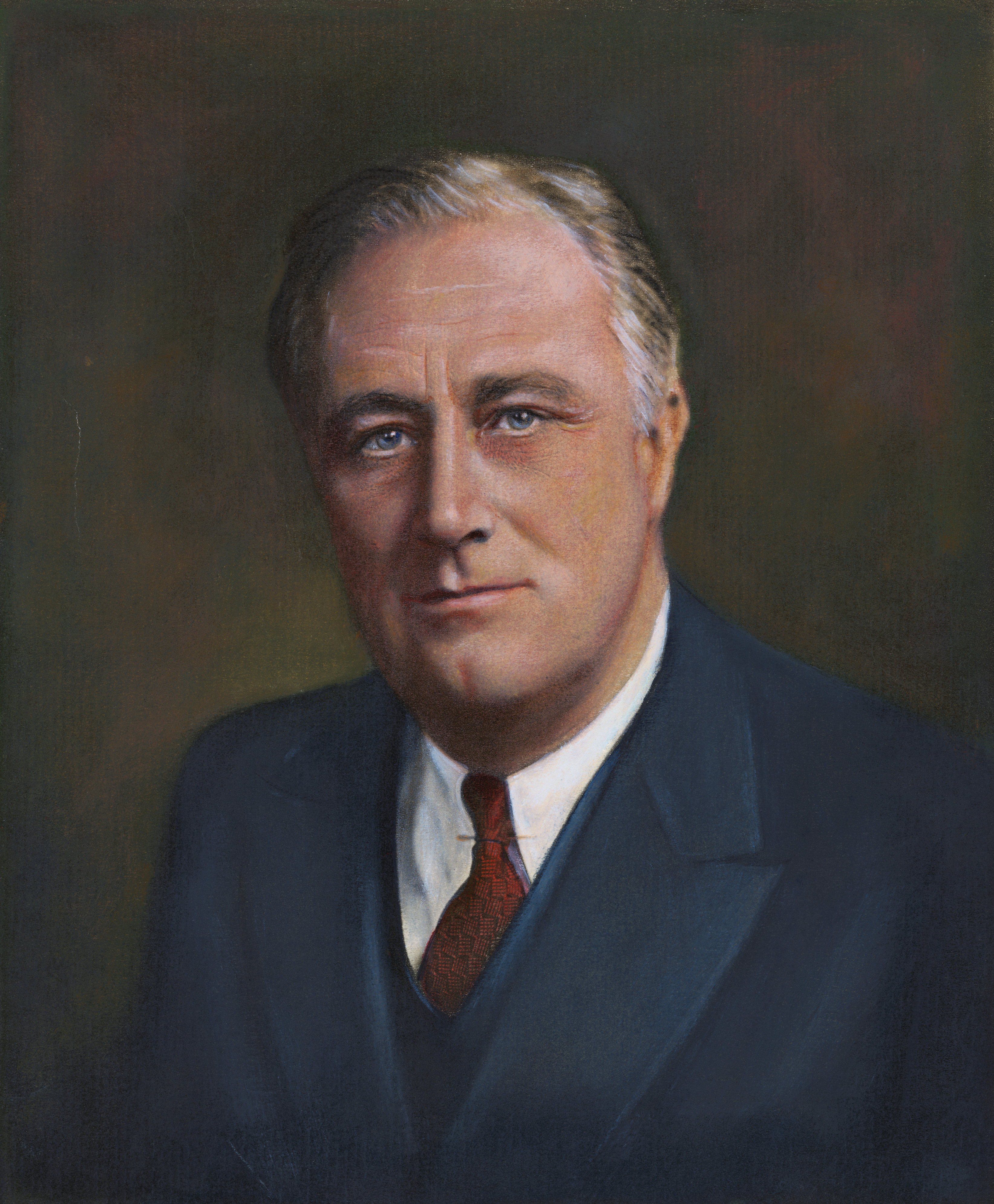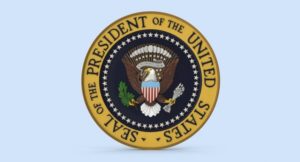Theme for this week: Presidents Day
February 25, 2022 (Friday)
When I was born, Herbert Hoover was president. Of course, I knew nothing about him or his successor, Franklin Delano Roosevelt, who was elected when I was 13 months old. But his name would become synonymous with “president” by the time I was old enough to know anything about it. When he died on April 12, 1945, Harry Truman became president. The phrase, “President Harry Truman” sounded strange to my ears because I had come to believe Roosevelt was just another word for president. Since FDR, there have been 14 presidents, so I’ve become accustomed to the idea that FDR is no longer president. I can probably be excused in thinking of Roosevelt as permanent because I was 13 years old when he died and I had never known any other.
On the heels of the Roaring Twenties when money flowed like water and people adopted “The Sky’s the Limit” as their investment motto, the Stock Market crash in October, 1929, shocked the world and ushered in The Great Depression as business slowed to a crawl and millions of people lost their jobs. The slogan adopted by FDR was “A New Deal.”

Franklin Delano Roosevelt 1882-1945
President of U.S.A. 1933-1945
On May 6, 1935, the WPA (Work Progress Administration, renamed in 1939 as the Work Projects Administration) was established to provide jobs. Almost every community in the United States had a new park, bridge, or school that was constructed by the agency. Unemployment ended with war production for World War II, as millions of men joined the services, and cost-plus contracts made it attractive for companies to hire unemployed men and train them.
The 1930s had been hard on most people, and FDR sought to build morale with his “fireside chats.” People in every community stopped what they were doing to listen to the president on radio. His soothing, comforting manner came through the airwaves and one could almost see him sitting alongside and encouraging the listener. It was also a wonderful way to communicate his ideas for government directly to the people. It was not surprising that he won reelection, once, twice, three times. He was elected to an unprecedented fourth term. Laws have since been passed that make that accomplishment impossible for anyone else. Presidents are now limited to two four-year terms.
We must not forget that World War 2 was Roosevelt’s greatest challenge. On December 8, 1941, the day after Japan bombed the U.S. naval base at Pearl Harbor, Roosevelt appeared before a joint session of Congress, which declared war on Japan. The first president to leave the country during wartime, Roosevelt spearheaded the alliance between countries combating the Axis, meeting frequently with Churchill and seeking to establish friendly relations with the Soviet Union and its leader, Joseph Stalin. Meanwhile, he spoke constantly on the radio, reporting war events and rallying the American people in support of the war effort (as he had for the New Deal).
He made a pledge that day to all of us and he kept his promise. Here is a portion of that speech to Congress in the wake of the attack on Pearl Harbor:
“I believe I interpret the will of the Congress and of the people when I assert that we will not only defend ourselves to the uttermost, but will make very certain that this form of treachery shall never endanger us again. Hostilities exist. There is no blinking at the fact that our people, our territory and our interests are in grave danger. With confidence in our armed forces – with the unbounding determination of our people – we will gain the inevitable triumph – so help us God.”
On April 12, 1945, President Franklin Delano Roosevelt died. He was only 63 years old. We all knew that a great man passed from us. The war was not over yet, but he came with us as far as he was able, until his last breath on earth.

